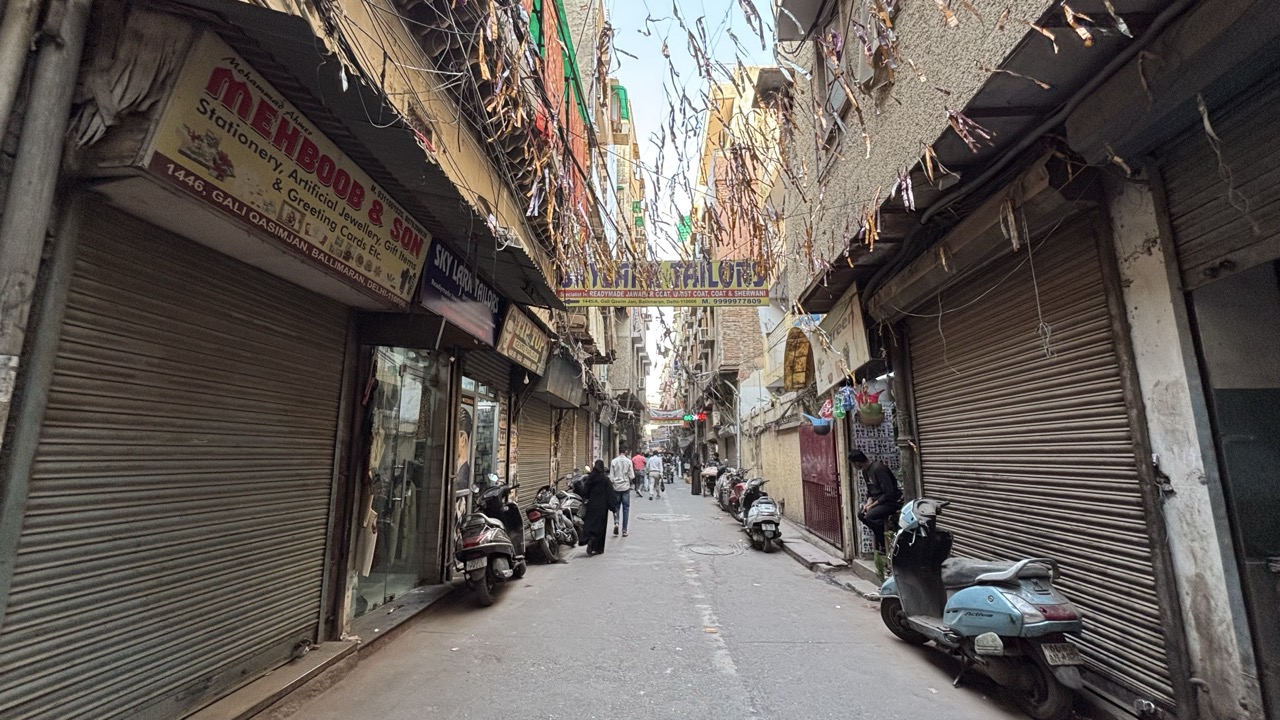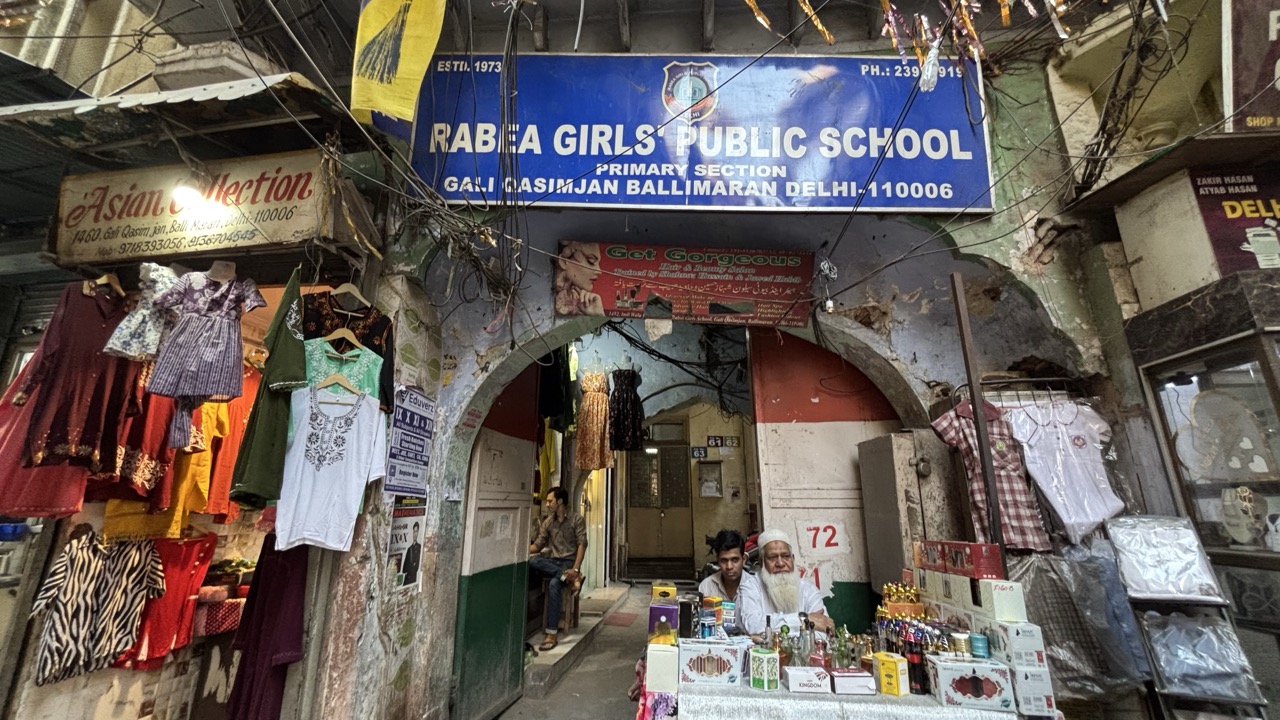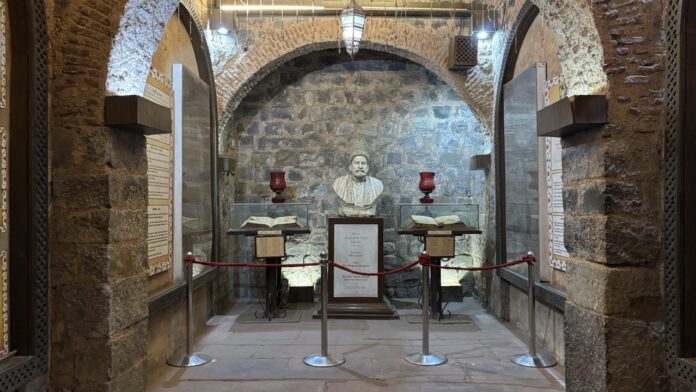Adeeba Jamal, TwoCircles.net
Old Delhi’s narrow lanes have a life all their own. Every twist and turn carries a piece of history, some shining and some fading like old ink. In Ballimaran, there is Gali Qasim Jan, a name remembered even when its history is almost forgotten.
It does not announce its past with plaques or polished boards. The air is filled with the honk of rickshaws, the distant echo of an azaan and voices calling over the clatter of chai glasses. Between a cracked stone archway and a sagging wooden jharokha, traces of the past are still visible in the everyday life around it.

Once, Nawab Qasim Jan, a noble in the court of Shah Alam II (1728–1806), built his haveli here. His name became the street’s identity. Today, it remains, not in textbooks or history books, but etched into the everyday lives of people who still call it home.
“People don’t really know who Qasim Jan was anymore. But his name… it stayed. We have all grown up hearing it,” says Syed Shaheed Hassan, a soft-spoken resident in his seventies who has lived here his entire life.

He runs a small attar shop nestled in a side nook of the gali. He has been selling perfume oils of gulab, jasmine and amber for over four decades. “This is not merely fragrance,” he says, opening a tiny glass vial, “it is Mughal culture in a bottle.”
What makes Gali Qasim Jan more than a relic of Delhi’s layered past is how its stories from royalty to revolution and poetry to cinema interweave.
“Legendary poet Mirza Ghalib lived just a few doors down. His nikah happened right here. People say this place gave him peace… maybe even some of those ghazals were born in this gali,” he says.

The noise and chaos of the lane cannot hide the stories etched into its walls. Look closer, layers of history emerge from every crevice.
It is the birthplace of Maulana Qasim Nanautawi, founder of Darul Uloom Deoband, who later took part in anti-colonial resistance, including the Silk Letter Movement. “We did not have processions here or anything, but minds were shaped in these walls. Big ideas started in small rooms,” Shaheed explains.
Leaning in, his eyes twinkle a little. “You know, Meena Kumari once came here. They shot a scene for Pakeezah in this gali. I remember her sitting in a rickshaw and passing right by my shop, which was once just a decorated table on the street. It is the kind of memory you do not find in archives,” he recalls.

But Shaheed says his most cherished memory is subtler and more revolutionary in its own way. “There was a time when girls rarely went to school. It was not the norm. But then Rabea Girls’ Public School opened here. It changed things. Suddenly, every morning, we would see girls in white uniforms rushing in with their bags… it gave us hope,” he says.
His voice trails off for a moment. “In those days, a girl going to school was a big deal,” he says.

As the world outside gallops forward, Gali Qasim Jan moves at its own pace. Kids kick plastic balls under crumbling balconies. Elderly women exchange gossip across windows. And the scent of jasmine from Shaheed’s shop floats in the air.
The walls are weathered, but they still speak, not through plaques or inscriptions but through memories such as Shaheed’s. And in these memories, history finds a silent home.


